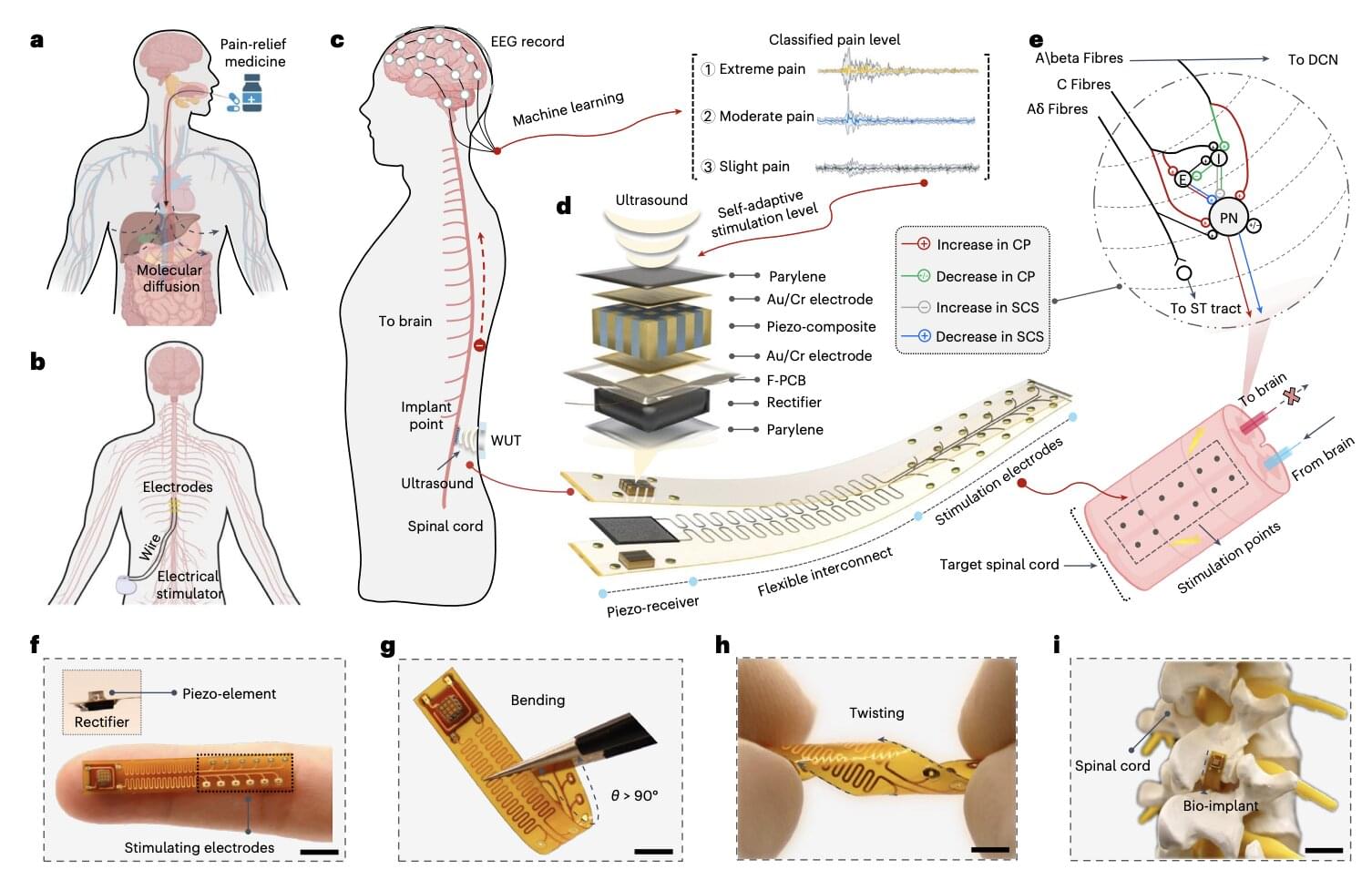Chronic pain conditions, characterized by persistent or recurrent pain in specific parts of the body, can be highly debilitating and often significantly reduce the quality of life of the individuals experiencing them. Statistics suggest that approximately 20.9% of adults living in the United States have experienced chronic pain at some point in their lives, while 6.9% have experienced severe chronic pain that significantly impacted their daily functioning and well-being.
Currently, chronic pain is primarily treated using pain-relief medications, many of which are based on opioids. Yet many of these pharmaceutical drugs are highly addictive and have severe side effects, so they often end up causing more harm than good.
In recent years, some scientists and engineers have been trying to devise alternative pain-management strategies that do not rely on opioids and can ease the pain of patients without adversely impacting their health. One proposed solution entails the use of implantable electrical stimulators, devices that can be surgically inserted into a patient’s body, delivering electrical signals to their nerves or spinal cord to reduce the pain they are experiencing.
